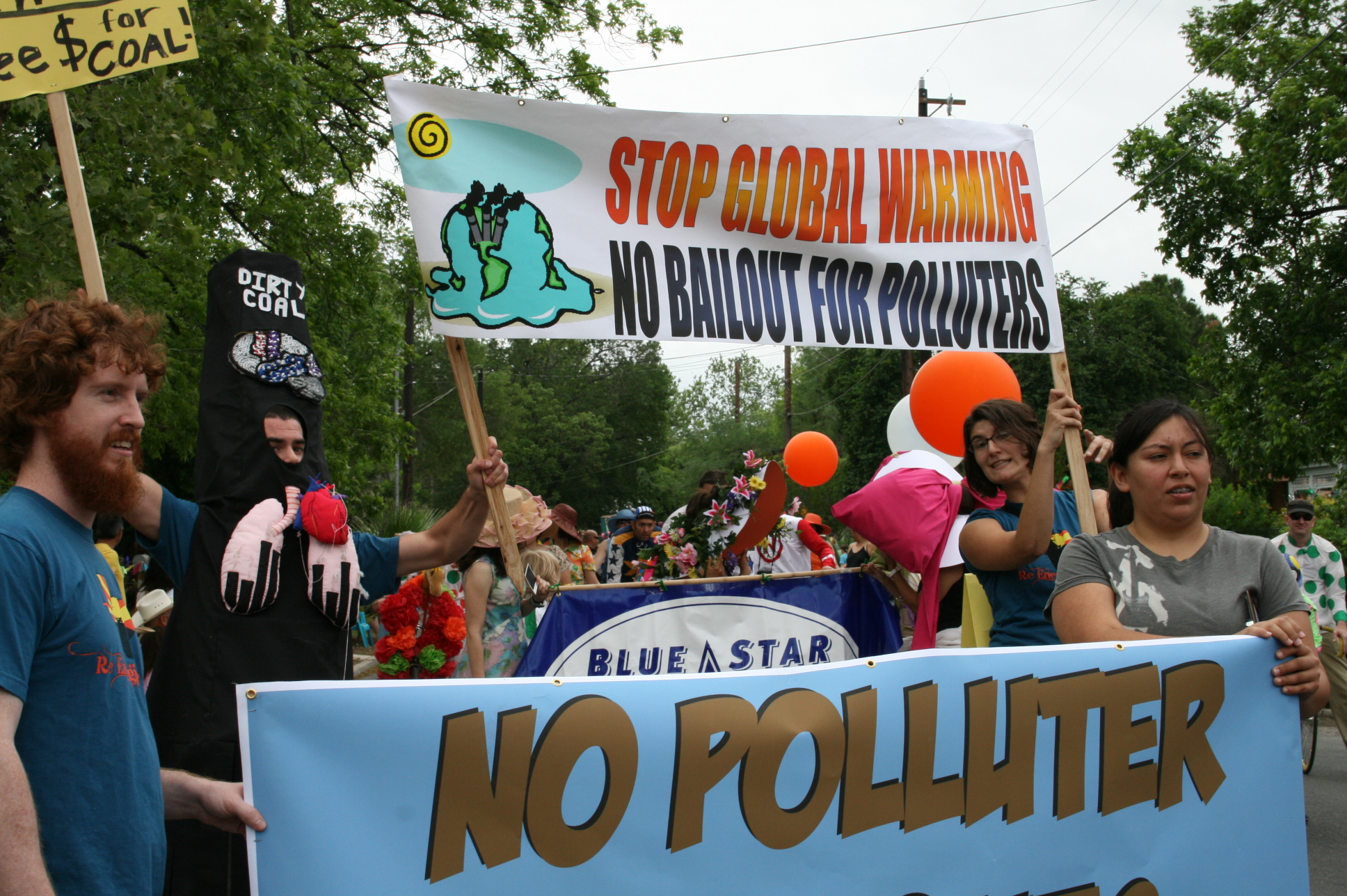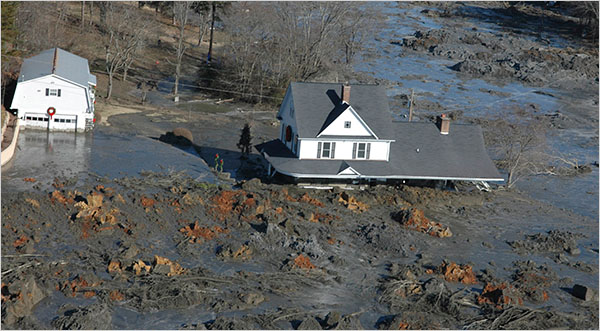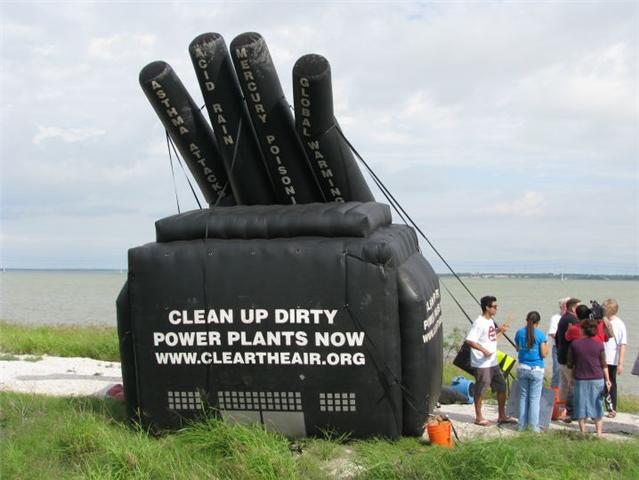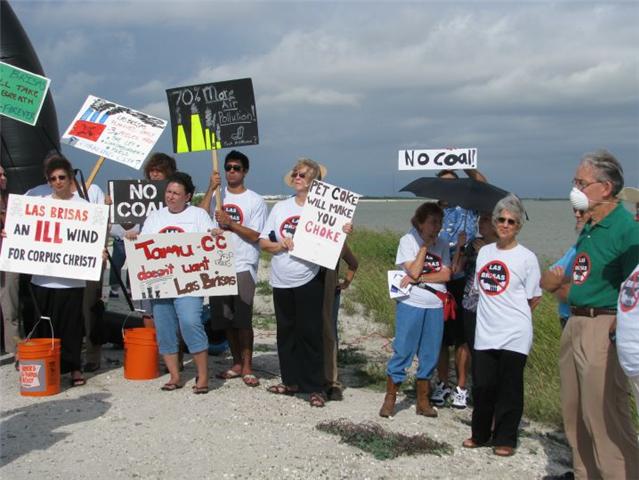Original post can be found at our sister blog, Citizen Vox.
How much does a pro-pollution amendment cost? From the looks of recent reports about the relationship between Sen. Lisa Murkowski (R-Alaska) and a big energy lobbyist, at least about $35,000. That’s how much Duke Energy, Southern Co. and their executives gave to Sen. Murkowski’s campaign and leadership PAC so far in the 2009-2010 election cycle, according to the Center for Responsive Politics.
It’s no surprise then that Jeffery Holmstead, a registered lobbyist for clients Duke Energy and Southern Co., had extraordinary access to Murkowski – access to help craft an amendment to allow his clients to continue polluting. The amendment proposed by Sen. Murkowski would gut key provisions of the Clean Air Act. The Washington Post reports that Holmstead (also a former top official at the Environmental Protection Agency under George W. Bush) and another lobbyist, Roger Matella, were very hands-on in drafting the amendment:
In an interview, Holmstead said of the Murkowski amendment, ‘I certainly worked with her staff’ on the exact phrasing of the measure in September.
The Obama Administration has moved forward to regulate pollutants that cause climate change using the Clean Air Act. This critical step to rebuild our economy with clean energy, and to protect our health and our climate from global warming and pollution is under attack by the big polluters. And they have friends in high places.
As early as Wednesday, Jan. 20, the Senate could vote on the “Murkowski amendment” to prohibit the U.S. EPA from using the Clean Air Act to regulate carbon dioxide emissions. She may attach the amendment as a “rider” on a bill that has nothing to do with climate. Tyson Slocum, head of Public Citizen’s Energy Program said, “This amendment is all about letting fossil fuel polluters keep their outrageous profits and continue business as usual.”
Of course, the big polluters also have deep pockets. It’s obvious that Murkowski has wrapped herself up with big energy lobbyists and their money. She has received by far the most money from electric utilities and big oil – at least $389,313 so far since 2009. In fact, she’s the top recipient of contributions from the energy industry.
This kind of pay-to-play politics is not new to Washington or Murkowski, but it is the reason the public holds little faith that members of Congress are representing their interests. The story is the same whether the issue is climate change, the financial crisis or health care reform – big industry fuels elections and the policy falls far short of what the American people want and need.
To remove the appearance of corruption, Murkowski should give back the $35,000 and any other contributions she has received from clients of Holmstead and Matella. But if she really wants to show Alaskans that she values representative democracy over pay-to-play politics, then she should become a part of the solution to the underlying problem. She should support an alternative to the current corrosive electoral system and become a co-sponsor of the Fair Elections Now Act. This bill would allow candidates for Congress to run without taking a dime over $100 from individual supporters.
But then again, a fair system with real accountability might make it tougher for polluters to prevail. It might not appeal to Murkowski and her big oil buddies, but it sure sounds like a good idea to us.
###
By promoting cleaner energy, cleaner government, and cleaner air for all Texans, we hope to provide for a healthy place to live and prosper. We are Public Citizen Texas.

 Why not take 60 seconds out of your day to save the earth?
Why not take 60 seconds out of your day to save the earth?

 The Texas Progressive Alliance celebrates the start of early voting for the 2009 elections with its always on time weekly blog roundup.
The Texas Progressive Alliance celebrates the start of early voting for the 2009 elections with its always on time weekly blog roundup.




